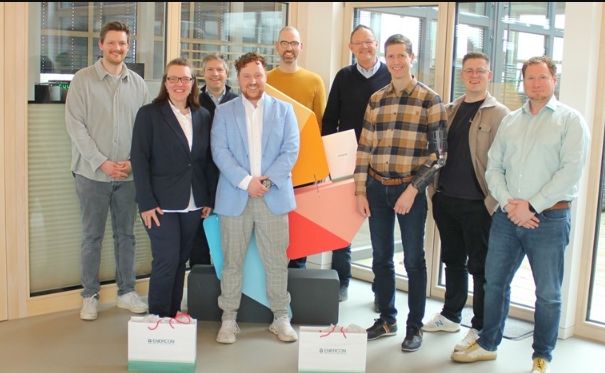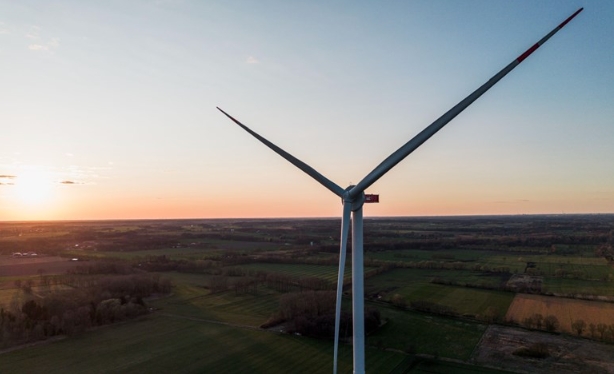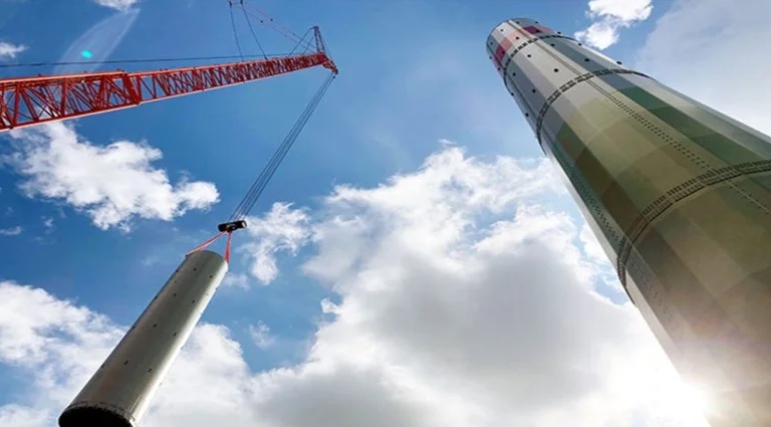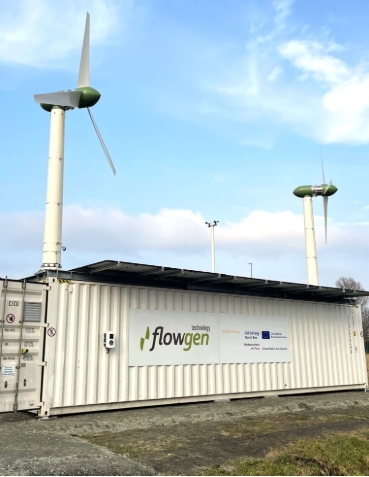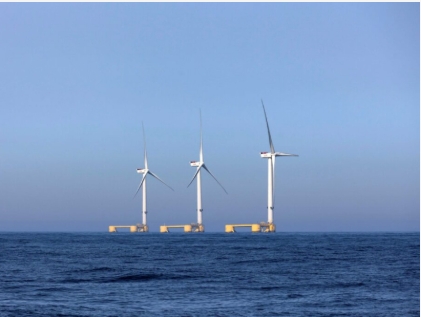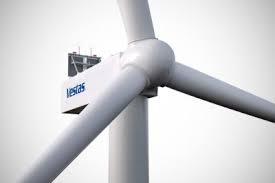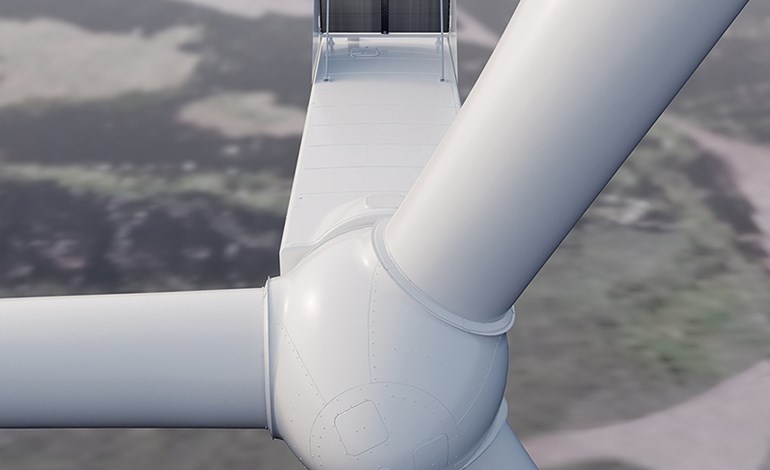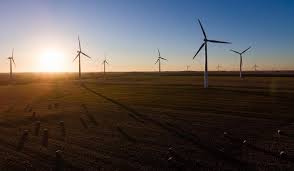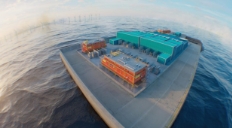
France-headquartered Eiffage has unveiled details about its engineering, procurement, construction, installation, and commissioning (EPCIC) contract, which the company won last month to build four electrical substations for the world’s first artificial energy island, Princess Elisabeth Island.
The contract was won through its Belgian arm Eiffage Métal subsidiary Smulders, in a consortium with HSM Offshore Energy and Iv‑Offshore & Energy.
Princess Elisabeth Island will be the world’s first energy island to combine direct (HVDC) and alternating (HVAC) current. The artificial energy island will be built some 45 kilometres off the Belgian coast, within the Princess Elisabeth offshore wind farm zone, and span approximately five hectares above water. The area that will house the electrical infrastructure will be built across approximately six hectares.
The project developer is Elia, the Belgian transmission system operator (TSO).
The consortium will be responsible for the design, fabrication, installation, and commissioning of the island’s high-voltage infrastructure, which includes four AC substations installed directly on the structure of the island. Two of these will be 1,050 MW while the two will have a capacity of 700 MW.
A service module and a garage are also included in the contract.
Construction of the substations will commence in May next year and is expected to take until the first quarter of 2029.
Smulders will manufacture part of the infrastructure in its Belgian factories and perform final assembly at its new site in Vlissingen in the Netherlands.
Installation on the island is planned to begin in 202 with a view to commissioning in 2030.
This new contract highlights the Group’s capability to develop offshore wind infrastructure, having already completed over 30 electrical substations for the European market, according to Smulders.
Major contracts won include the substation for the 496 MW Saint-Brieuc offshore wind farm in France, and two offshore electrical substations serving Scotland’s Moray West and Inch Cape offshore wind projects.
